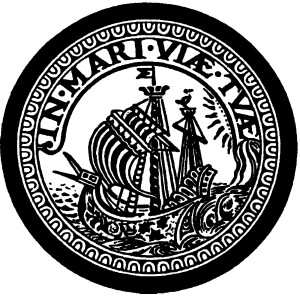
The History and Archaeology of the Iroquois du Nord
 2024-05-03
2024-05-03
Download
Right click and do "save link as"
Greg Marchildon talks to Ronald F. Williamson about his book, The History and Archaeology of the Iroquois du Nord.
In the mid-to late 1660s and early 1670s, the Haudenosaunee established a series of settlements at strategic locations along the trade routes inland at short distances from the north shore of Lake Ontario. From east to west, these communities consisted of Ganneious, on Napanee or Hay Bay, on the Bay of Quinte; Kenté, near the isthmus of the Quinte Peninsula; Ganaraské, at the mouth of the Ganaraska River; Quintio, on Rice Lake; Ganatsekwyagon, near the mouth of the Rouge River; Teiaiagon, near the mouth of the Humber River; and Qutinaouatoua, inland from the western end of Lake Ontario. All of these settlements likely contained people from several Haudenosaunee nations as well as former Ontario Iroquoians who had been adopted by the Haudenosaunee.
This volume brings together Indigenous knowledge as well as documentary and recent archaeological evidence of this period to focus on describing the historical context, efforts to find the villages, and examinations of the unique material culture discovered there and at similar settlements in the Haudenosaunee homeland.
Ronald F. Williamson is founder and now Senior Associate of Archaeological Services Inc. He has spent most of his career studying the history and archaeology of Ontario Iroquoians, much of it collaboratively with Indigenous partners. He is also Vice Chair of the board of Shared Path Consultation Initiative, a charitable organization dedicated to moving beyond collaboration and consultation to Indigenous decision-making in land use planning. He has published extensively on both Indigenous and early colonial Great Lakes history. He is appointed as adjunct status at the University of Western Ontario and he is Chair of the board of the Museum of Ontario Archaeology in London. His primary interests are in the ancestral Wendat occupation of Ontario, the Early Woodland Period in the Northeast and more broadly in the origins and development of the northern Iroquoian cultural pattern.
Robert von Bitter is the Archaeological Data Coordinator at the Ontario Ministry of Heritage, Sport, Tourism and Culture Industries in Toronto where he lives with his wife and two daughters. Although broadly interested in the archaeology of the province, Robert has recently found the second half of the 17th century both a unique and fascinating period on which to focus his personal research.
Image Credit: University of Ottawa Press
If you like our work, please consider supporting it: bit.ly/support_WTY. Your support contributes to the Champlain Society’s mission of opening new windows to directly explore and experience Canada’s past.
view more
More Episodes
012345678910111213141516171819
Create your
podcast in
minutes
- Full-featured podcast site
- Unlimited storage and bandwidth
- Comprehensive podcast stats
- Distribute to Apple Podcasts, Spotify, and more
- Make money with your podcast
It is Free
- Privacy Policy
- Cookie Policy
- Terms of Use
- Consent Preferences
- Copyright © 2015-2024 Podbean.com






